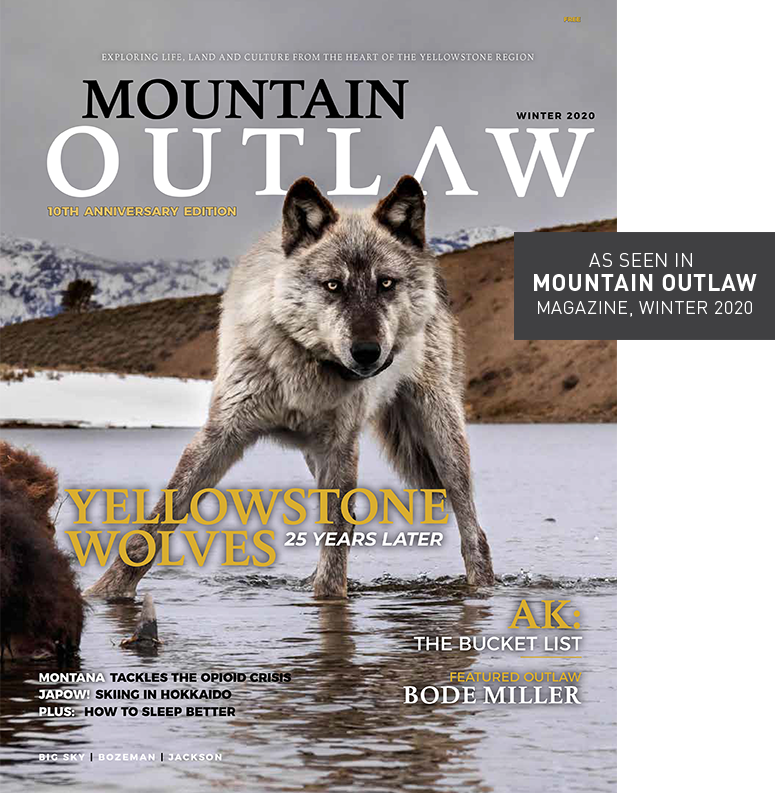Teddy Roosevelt’s Famous Bear
BY KATE HULL
The teddy bear is a mainstay in childhood memories. These cuddly characters have brightened birthdays and Christmases for more than a century and, as symbols of youth and comfort, teddy bears are sold by the millions and remain a top collector’s item. But have you heard the tale behind the bear?
Ties to the long-lasting popularity and emotional value placed on teddy bears can be traced back to the origin of these furry favorites. In 1902, then-president Theodore “Teddy” Roosevelt accepted a hunting trip invitation to Mississippi after a highly public coal-strike crisis was absolved, according to Smithsonian archives. The 10-day venture took place near Vicksburg and was led by prolific hunting guide and former slave Holt Collier. Various stories of that trip depict Roosevelt as being impatient to pursue a bear, hoping to find one the first day.
While scouting ahead, Collier tracked a large, old black bear with his dogs and was able to knock it over the head with his gun and tie it to the tree. Collier wanted Roosevelt to have the honor of shooting the bear. Arriving at the scene, Roosevelt saw a nearly dead bruin tied up and refused to shoot it, calling it unsportsmanlike.
“It’s true that T.R. said ‘I can’t shoot a tied-up bear,” said Ted Roosevelt, the former president’s great grandson and the managing director at Barclay’s Capital Corp. “He had a concept of fair chase that was very clear; the old lion loved hunting but it had to be done in an ethical way.”
News of Roosevelt’s leniency spread. On November 17, 1902, The Washington Post ran a political cartoon by artist Clifford K. Berryman showing Roosevelt with his back turned to a bear cub that had a rope around his neck and sad eyes, with the words, “Drawing the line in Mississippi,” written across.
Brooklyn candy store owner Morris Michtom saw the cartoon of the bear cub and an idea sparked. He showed his wife, Rose, a talented seamstress, and asked her to create a children’s toy like the bear in the cartoon. He called it “Teddy’s bear.” The adorable stuffed toy was an instant hit, but Morris was concerned about using Roosevelt’s name. He wrote the president asking for permission and included a stuffed bear. Roosevelt let them use his name, and the teddy bear cemented its place in American history.
“He had a concept of fair chase that was very clear; the old lion loved hunting but it had to be done in an ethical way.” – Roosevelt’s Great Grandson Ted Roosevelt
Dr. Lori Verderame, a Ph.D. antiques appraiser and art historian, says the details of that day may have been exaggerated over the years, but the teddy bear’s legacy and ties to politics are firm. Verderame attributes the stuffed bear’s international cultural staying power to its continued use in politics of that time as an image of perseverance.
“[Roosevelt’s] role in the construction of the Panama Canal in 1914, which changed the face of international relations and worldwide trade, made the teddy bear a symbol of power and perseverance,” she says. Political cartoons and postcards depicted jovial cartoon bears digging the canal, a metaphor for Roosevelt’s commitment to finishing the canal.
“Since that time, teddy bears have remained popular childhood toys always in an effort to instill such important qualities in American youngsters,” she says adding that teddys are among the most popular objects at more than 150 appraisal events she presents each year.
Today, one of the original velvet fabric stuffed bears is on display at the American Presidency gallery at the National Museum of American History. Whether the century- old Roosevelt tale is all true or peppered with some extra color is hard to say. But no matter, Teddy’s bear is a household favorite.
A native of Texas, Kate Hull moved to the Teton Valley, Idaho in is co-publisher and editor-in-chief at Powder Mountain Press.

